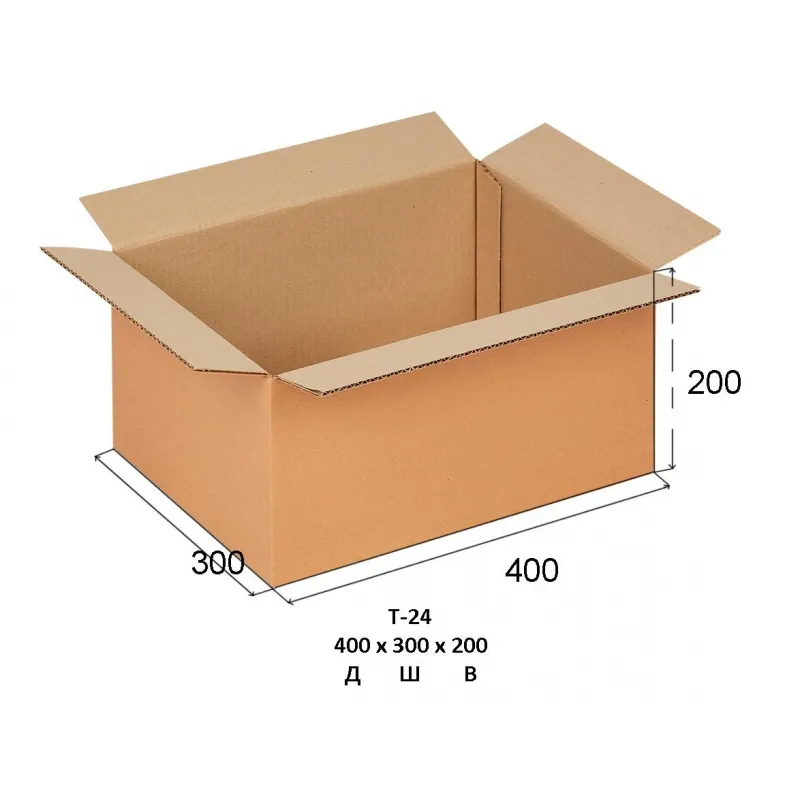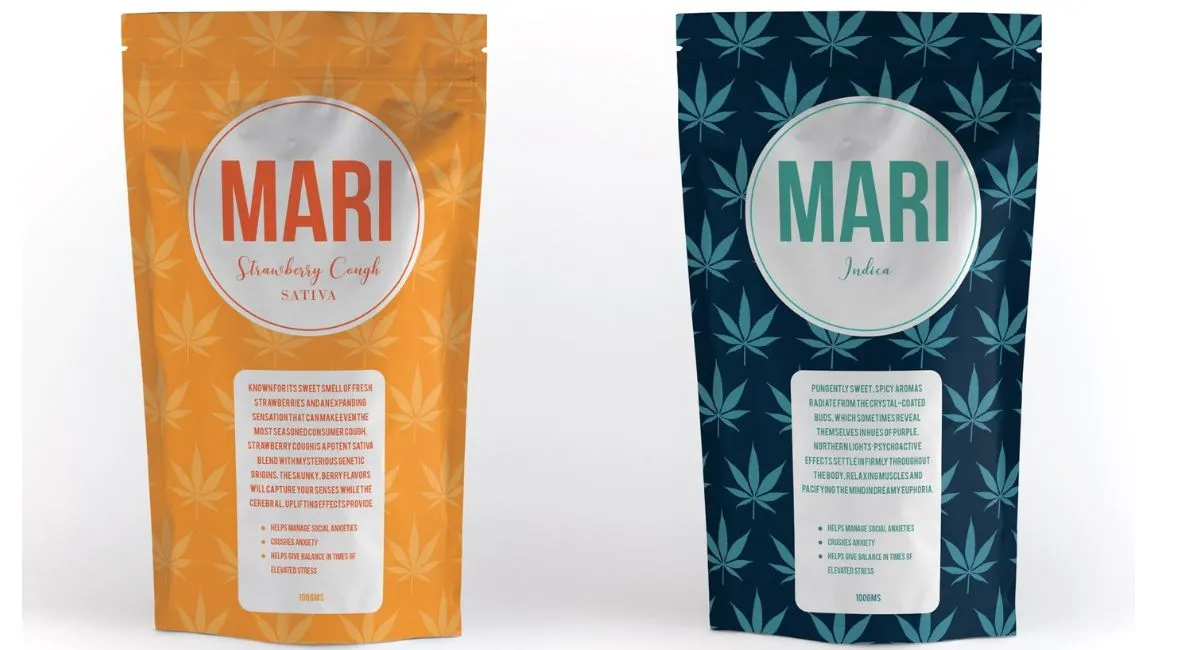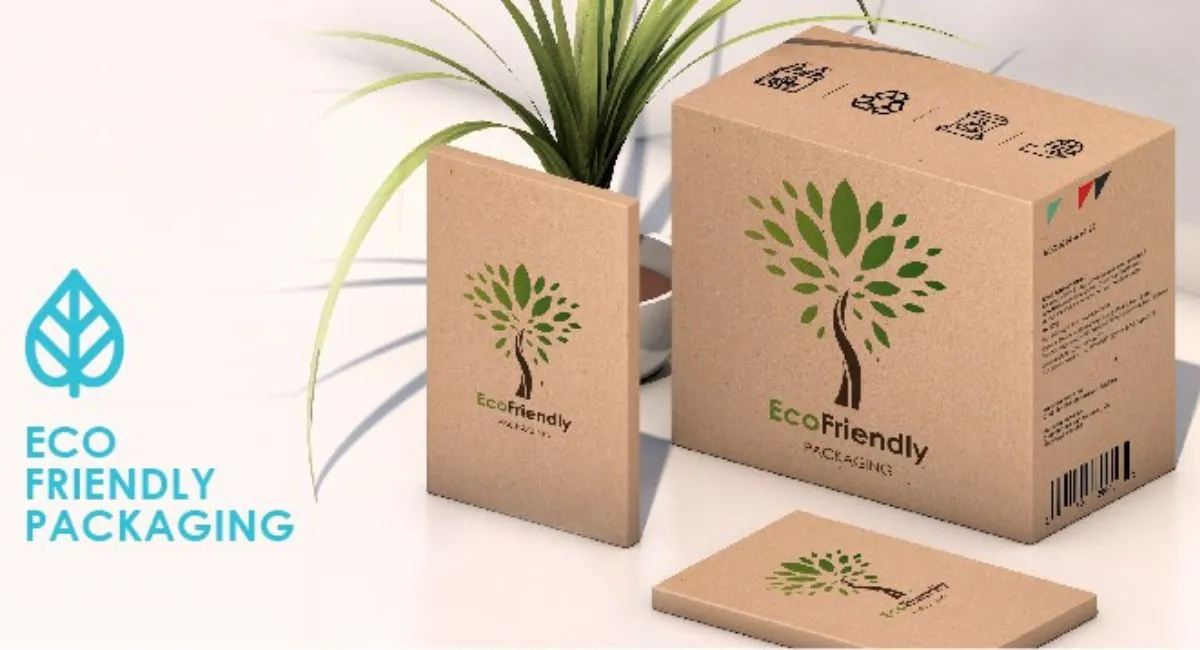Apparel Boxes Dimensions

In the dynamic world of fashion, presentation is paramount. From haute couture to casual wear, every garment deserves to be showcased in a manner that exudes elegance and sophistication. This is where the role of packaging comes into play. Apparel boxes and bags are not just containers; they are ambassadors of style, preserving the integrity of the product while making a statement of their own. Understanding their dimensions is critical to unlocking the perfect fit for every garment.
Apparel Boxes Dimensions
When it comes to apparel packaging, boxes reign supreme. They offer a blend of functionality and aesthetics, protecting while also serving as a canvas for branding and design. The dimensions of apparel boxes vary depending on several factors, including the type of garment, packaging style, and brand preferences.
Standard Sizes:
Apparel boxes typically come in various standard sizes to accommodate multiple clothing items. These sizes may include small, medium, large, and extra-large, with dimensions tailored to fit specific types of clothing such as shirts, pants, dresses, and jackets.
Customization Options:
While standard sizes are readily available, customization is often preferred to align packaging with brand identity and product requirements. Custom apparel boxes can be tailored to precise dimensions, ensuring a snug fit for each garment and enhancing brand recognition through unique design elements.
Considerations for Dimensions:
When determining the dimensions of apparel boxes, several factors must be taken into account:
Garment Type:
Different types of clothing require different box dimensions to ensure a proper fit. For example, a box designed for a delicate blouse will have different sizes than one intended for a bulky winter coat.
Material Thickness:
The thickness of the packaging material also influences box dimensions, as thicker materials require more space to accommodate folding and closure mechanisms.
Brand Image:
The dimensions of apparel boxes should align with the brand’s image and target market. High-end brands may opt for sleek and compact boxes, while eco-conscious brands prioritize sustainable materials and minimalist designs.
Shipping Considerations:
For online retailers, shipping requirements are crucial in determining box dimensions. Standardized sizes that comply with shipping regulations can help streamline logistics and reduce costs.
Apparel Bags Dimensions
In addition to boxes, apparel bags offer a convenient and versatile packaging solution, particularly for garments requiring minimal protection or prone to wrinkling. From reusable tote bags to resealable poly bags, the dimensions of apparel bags vary to accommodate different styles and preferences.
Tote Bags:
Tote bags are a popular choice for retail packaging, offering a blend of style and functionality. The dimensions of tote bags can vary widely, from small hand-held designs to oversized carryalls, allowing retailers to cater to diverse customer needs.
Poly Bags:
Poly bags are lightweight and cost-effective, making them ideal for packaging garments in bulk or online. The dimensions of poly bags are typically standardized to accommodate various clothing sizes, with options for resealable closures and customizable branding.
Considerations for Dimensions
When selecting apparel bags, it’s essential to consider the following factors:
Durability:
The dimensions of apparel bags should be chosen to ensure adequate durability for the intended use. Thicker materials and reinforced handles may be necessary for heavier items or frequent use.
Storage Efficiency:
Compact dimensions are desirable for apparel bags to maximize storage efficiency in-store and during transportation. Foldable designs or nested packaging options can help optimize space and reduce waste.
Branding Opportunities:
Apparel bags serve as mobile advertisements for your brand, so choosing dimensions that provide ample space for logo placement, messaging, and visual branding elements is essential.
In conclusion, the dimensions of apparel boxes and bags play a pivotal role in the packaging landscape, shaping how consumers perceive garments. Whether opting for traditional boxes or contemporary bags, understanding the nuances of dimensions is essential for achieving a seamless blend of style, functionality, and brand identity in apparel packaging.



